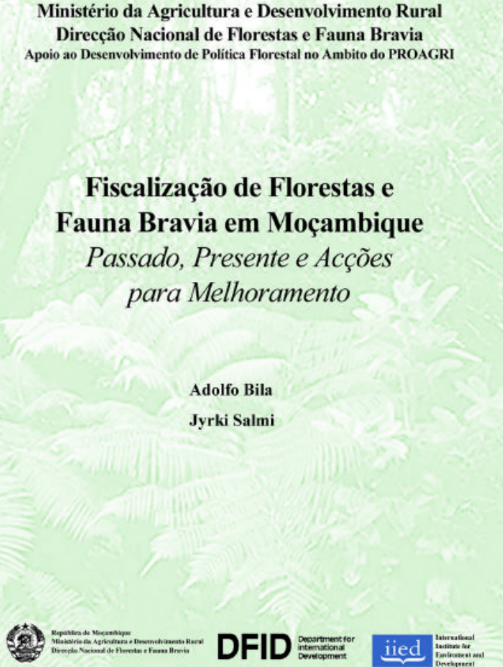Luz de America: comunidad y biodiversidad Amazonica
Problems with governance of forests are closely linked to incompatible interests between different stakeholders. Having a clearer understanding of the relative importance of forest landscape functions among stakeholders can bring much clarity about why governance problems persist. The voice of the weakest actors is often insufficiently heard in decision-making processes that affect how stakeholders can use forests.



